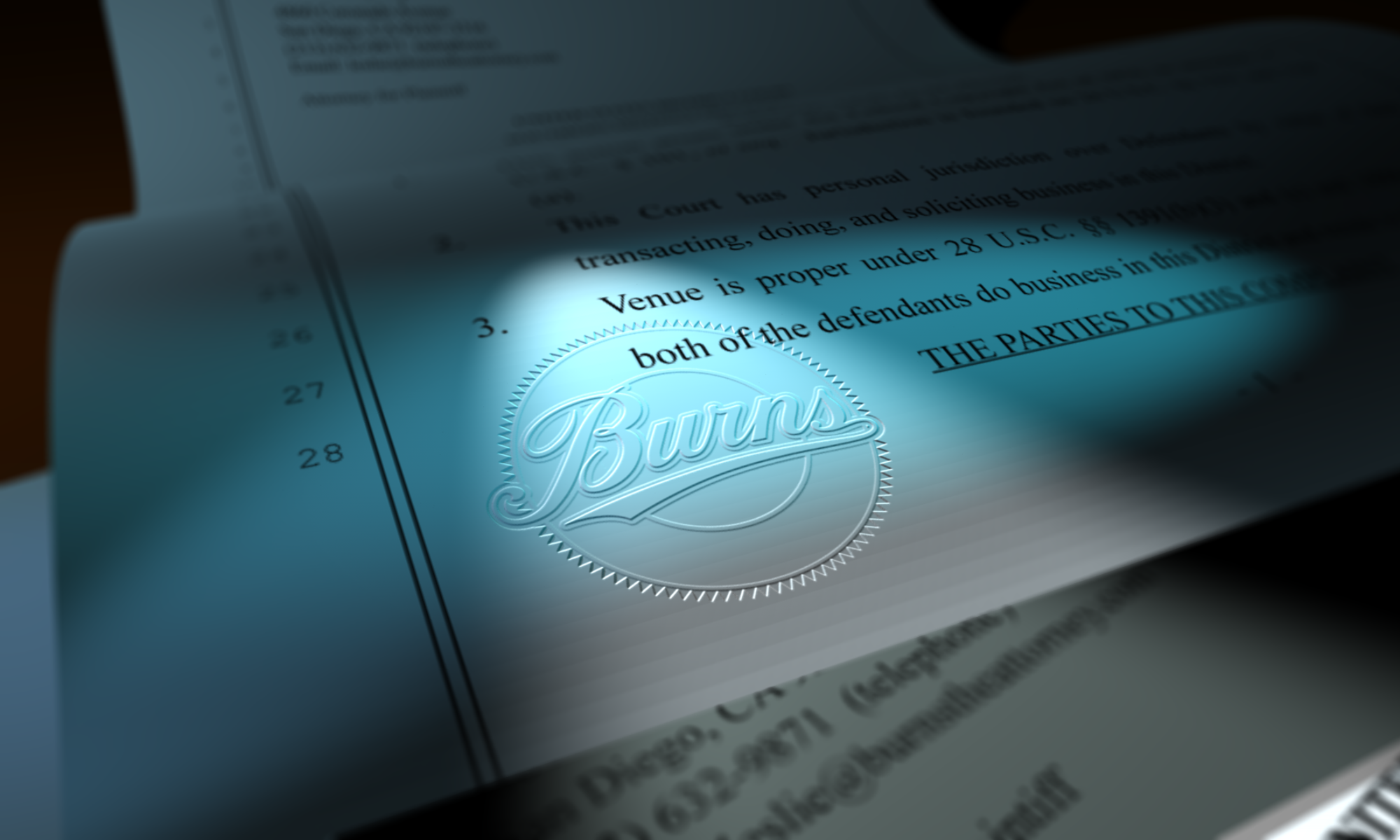Earlier this year, the Supreme Court clarified that a work’s copyright has to have been registered (or had registration refused, but let’s not go there for now) in order to bring a suit for copyright infringement. [1] No longer would applying for the registration be enough–you had to have that certificate in hand when you file suit. So there will likely be a ton of confusion when people start talking about the ruling that came down in Texas last week [2] in which the court ruled that a failure to register a work didn’t kill a copyright case.
Not to bury the lede: the Texas case was not an infringement case, technically; it was a case with a claim for improper removal of the owner’s copyright management information (CMI) under Section 1202. Hence the different result.
In the ruling, the Texas court points out that, although Section 1202(b) includes language about how the removal must be connected to an infringement, it is not a claim for infringement. The court then explains that the plain language of section 1202 does not indicate that the registration requirement under Section 411 applies and that, furthermore, a claim under 1202 is not an infringement claim but rather a claim for removal or alteration of CMI. While there is an infringement underlying the removal of CMI, the claim under 1202 is about the scienter (a fancy legal word for “knowledge”) of the infringement, not the infringement itself. The court then explains (citing the same SCOTUS opinion mentioned above):
Although a DMCA claim requires the defendant to know of potential infringement, such requirement does not necessitate registration because infringement can occur absent registration. A copyright owner’s exclusive rights vest at the time of the creation of the work, and infringement occurs any time those rights are violated, even if registration has not occurred.
This is going to confuse lots of non-lawyers (and probably more than a few lawyers). Let me try to explain, roughly. Infringement happens whether or not a work is registered. That is, the copyright in a work comes into creation the moment the work is made (“fixed in a tangible medium”). At that moment, the creator (usually) owns the copyright in that work and has the rights in and to that work. When that work is copied illicitly, the copyright is infringed. However, an artist whose copyright is infringed cannot file suit for that infringement unless that work’s copyright is registered before the case is filed. The registration is the key that unlocks the court’s door, so to speak, for an infringement claim. Registration gives an artist standing (legalese for the right to bring a specific claim to court). So, the artist has to register the work, even after the infringement, to get to sue for that infringement[3]. However, since CMI removal (or the addition of false CMI, under subsection a) is not a claim for infringement, the artist does not need to have registered the copyright in the work to have standing for the CMI-related claim.
Now, standing is claim-specific, so just because one has standing for a CMI related claim under 1202, one doesn’t get to throw in an infringement claim. No sneaking around the rules–each claim needs its own key to unlock its own door, to continue the metaphor. If you filed a complaint with a 1202 claim and an infringement claim, without a registration, the infringement claim would get dismissed for lack of standing but the 1202 claim would stay. Got it?
So, the skinny is that you still need a registration to sue for infringement, but you can bring a claim related to your CMI without registration. While the statutory damages are from $2500-$25,000 for each 1202 claim, less than the max $30,000 for non willful or $150,000 for willful infringement (assuming the registration was timely, i.e., before the infringement or within 3 months of the work’s first publication), it still isn’t nothing. Proving a CMI claim is more complicated because of that scienter requirement I mentioned earlier, but it’s worth considering the next time you find your unregistered work infringed. But, as mentioned, that’s only if you have visible CMI on or immediately adjacent to your work in the first place, as I explain here.
This stuff is complicated. Please seek personal legal advice before proceeding on any of these claims, including sending that angry email you may really want to send when you find your work being used without your consent. You can run any infringement/CMI claim by me for free review by using the form here.
__________________________
[1] Fourth Estate Pub. Benefit Corp. v. Wall-Street.com, LLC, 139 S. Ct. 881 (2019).
[2] Diamondback Industries, Inc. v. Repeat Precision, LLC, et al., Case No. 4:18-cv-902A (ND Texas 2019), available at https://www.courtlistener.com/recap/gov.uscourts.txnd.309307/gov.uscourts.txnd.309307.83.0.pdf
[3] Unless you register the work (a) within three months of its first publication anywhere by you, or (b) before the infringement started, you won’t be able to get statutory damages or attorney’s fees, but you will still be able to file suit.

One Reply to “Registration Needed, or Not?”